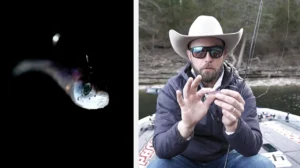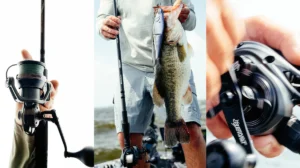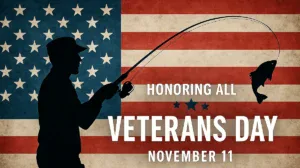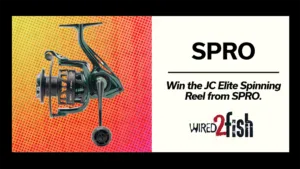I asked Capt. Brian Brosdahl how the walleye bite has been and the Minnesota guide replied that it’s “been up and down.” Those in the know will take that as a positive statement, as it refers to the broadly productive jigging technique.
No question Brosdahl relies on this user-friendly presentation for many of his Northern Minnesota guide trips, but he’s quick to offer helpful guidance and general tips for his clients and DIY types. Ever the patient, encouraging soul, Brosdahl addresses a handful of common mistakes that can impede the walleye fun he’s long enjoyed.
The Right Location
Brosdahl’s opening advice: Don’t be random. Walleye could be just about anywhere, but there’s always a reason.
“Choose your locations based on seasonal locations. Are they going in to spawn, or coming out of the spawn? Are the shiners spawning? Are there bug hatches in the summer and then in the fall, when the minnows come in, where is the most bait?”
Notably, Brosdahl points out an important walleye location detail that factors into the natural lake cycle. Fall finds various minnows coming in from deeper water to feed on the abundant aquatic insects drawn to the decaying plant matter from dying weeds.
Bugs munch the weeds, minnows munch the bugs, walleye munch the minnows.
Don’t Settle for Inferior Habitat
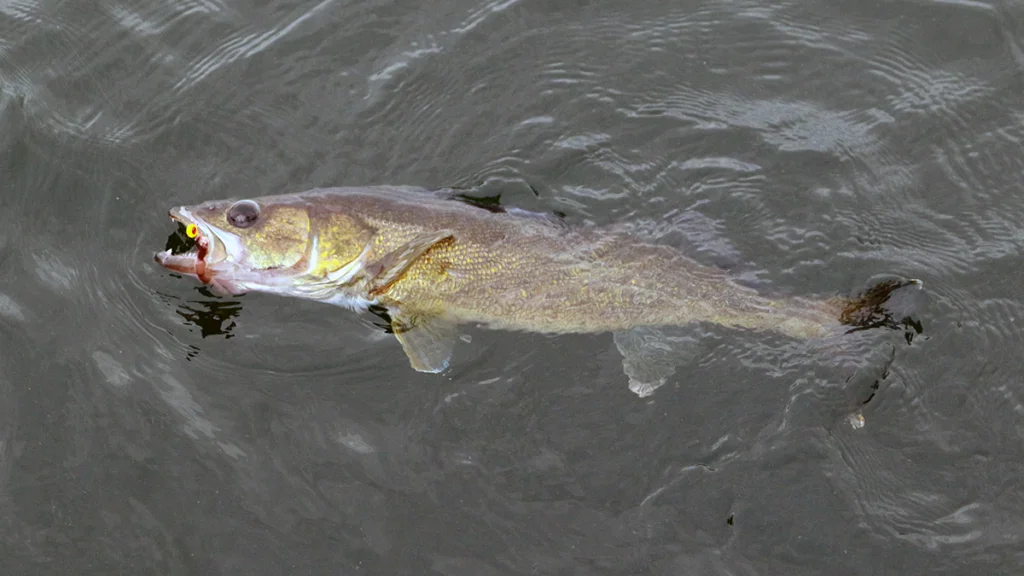
Notwithstanding the insect-minnow attraction thing, Brosdahl notes that early fall walleye seek the greenest grass because it attracts spawning whitefish. Whitefish can reach eating size, but the smaller ones gotta watch their six when big ‘eyes lurk near.
As Brosdahl explains, the grass might have seasonal decay around the edges, but a dense, dark weed bed is money.
“The stuff that’s in the cleanest area closest to the lake is best. Tributaries, flowages, neck-downs, river channels — these usually become really busy spots for walleye activity. The fish will congregate in good numbers and these spots can usually provide good action all day.”
Some Depths Are Better Than Others
Brosdahl catches plenty of deep walleye, but he’s clear on one point: Don’t automatically avoid shallow water. During a late-September trip, Brosdahl got on a solid bite in 8 to 11 feet with over 50 fish brought to the boat.
“The wind blew hard and stirred up the algae in some of the decaying weeds and debris. That made the water turbid and the fish went in shallow (to capitalize on the decreased visibility for opportunistic feeding) and were hanging around little puffs of weeds on big expansive flats.
“I like to call it ‘the cloak of darkness.’ The darkest water you can find on a clear lake is usually the best. If it’s a dark lake, you just need a place with a lot of food.”
Jig Details Matter
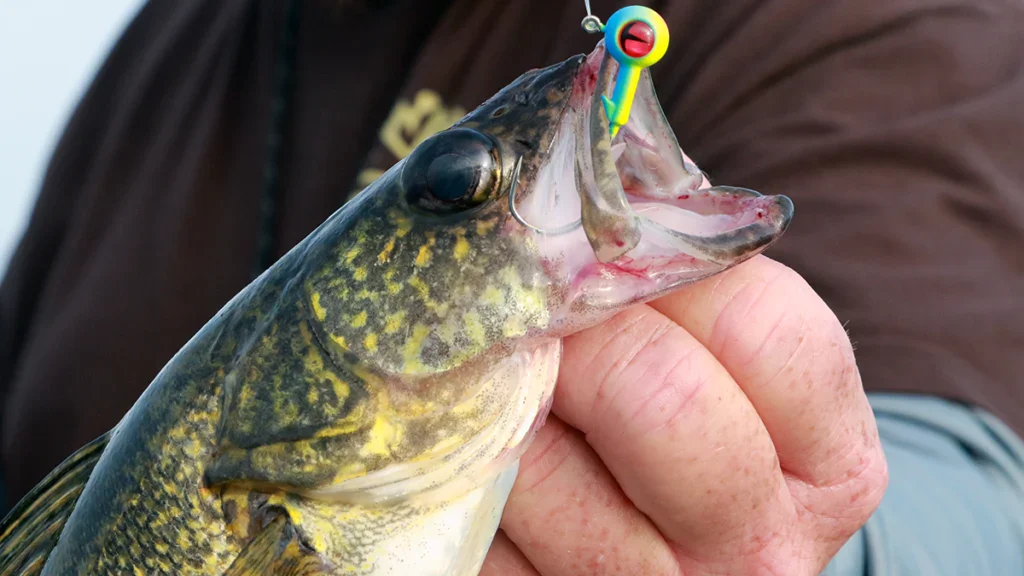
Brosdahl likes the Northland Tungsten Short Shank Jig, but he knows everyone has their favorite. His advice — there’s no one-size-fits-all.
“Typically, I gauge my jig size by walleye activity level. In 10 feet or less, I use a 1/16- or 1/8-ounce because I want that slow fall. But if the fish are not aggressive, I may go to a 1/4-ounce for faster fall that triggers a reaction bite.
“I also keep 3/8- and 1/2-ounce sizes in my box for deeper water over 20 feet.”
As for color selection, Brosdahl values an old-faithful as much as anyone, but he knows a box full of options ensures he can find something for even the pickiest fish. A few that he’ll always keep close are gold, perch patterns (greens, yellows and oranges with touches of black), blue/white, pink, fire tiger and solid black, which silhouettes against the sky.
As for jig dressing, don’t hesitate to add the appetizers. Plastic tails do fine when the fish are fired up, but if they need convincing, it’s hard to beat a live nightcrawler — pinched in half to release scent and to keep the profile compact.
Leeches work too, but Brosdahl’s particularly fond of sucker minnow hooked through the mouth, out the gills, then back into the body for a castable, snag-free presentation.
Don’t Jig Too Fast
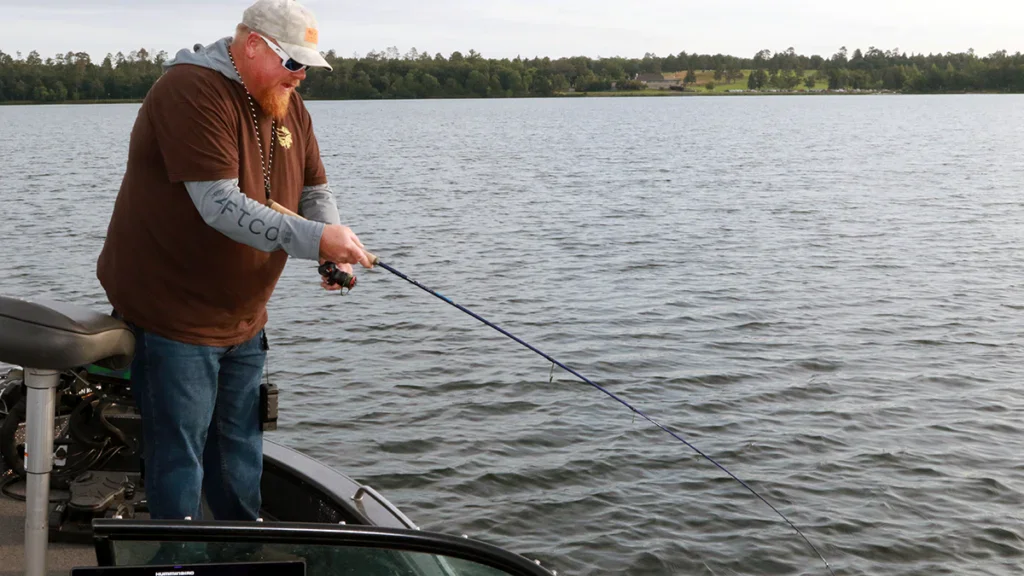
Walleye definitely have their aggressive side, but Brosdahl will quickly correct what he considers overworking the jig.
“Jig with a 2-foot sweep to get their attention and then a slow fall gives walleyes time to come get it. They can be fast, but they don’t have tennis shoes on.
“The biggest mistakes I see anglers make is jigging too fast and jigging above the fish. When they’re really biting, they’ll come up to get it, but 70 percent of the time, if it’s too high up, they’re not gonna rise to grab the jig.”
Electronics will show you the fish positioning, but when in doubt, Brosdahl advises pressing the reset button — let the jig hit bottom, reel two cranks and renew your presentation.
Don’t Hook Walleye Like Bass
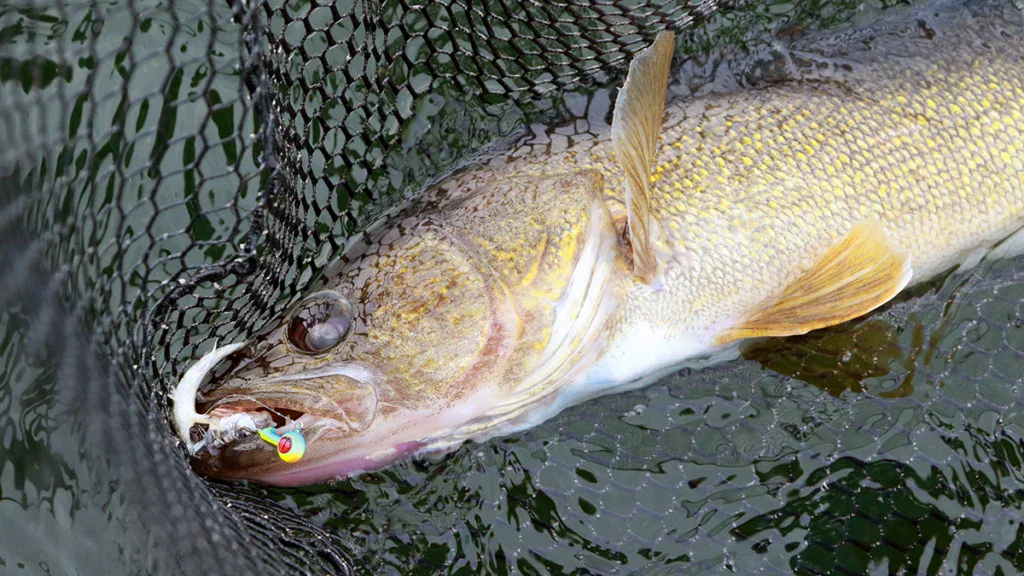
Brosdahl’s a versatile angler, but when he’s walleye fishing, he leaves the eye-crossing largemouth bass hook sets at home. His direction: Reel tight on the bite and follow with a smooth, steady sweep to set the hook.
Get the net ready well before the fish sniffs the surface and don’t blow the game in the final seconds. Stay calm and follow Brosdahl’s sensible advice.
“If it’s a bigger walleye, they’ll make their run, but just maintain steady pressure. Always net a walleye head first and as you lift the fish, hold the net handle in one hand and grab the mesh with your other to make sure you don’t snag anything on the way.”
Brosdahl closes with this angler admonishment: “Don’t pull them to the surface until you have the net ready. Walleye shake at the surface like a rattle snake shakes its tail. That’s when a lot of people lose their fish.”


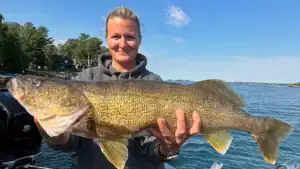

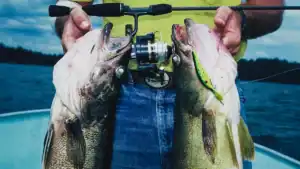
![[VIDEO] Power Fishing Walleyes With Moving Baits on Big Water](https://www.wired2fish.com/wp-content/uploads/2025/04/power-fishing-walleyes-300x169.webp)


